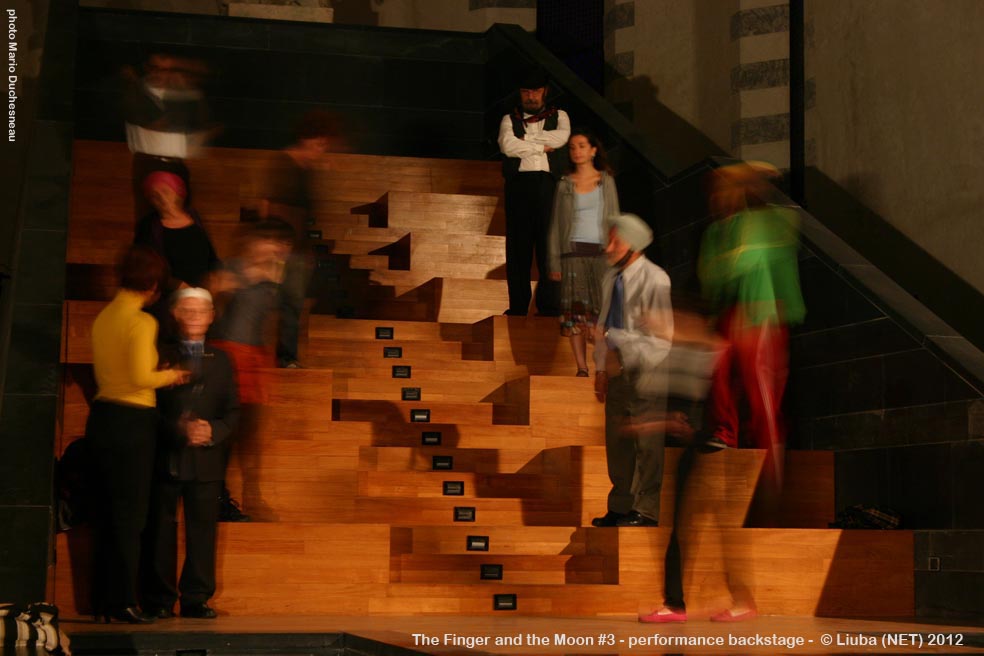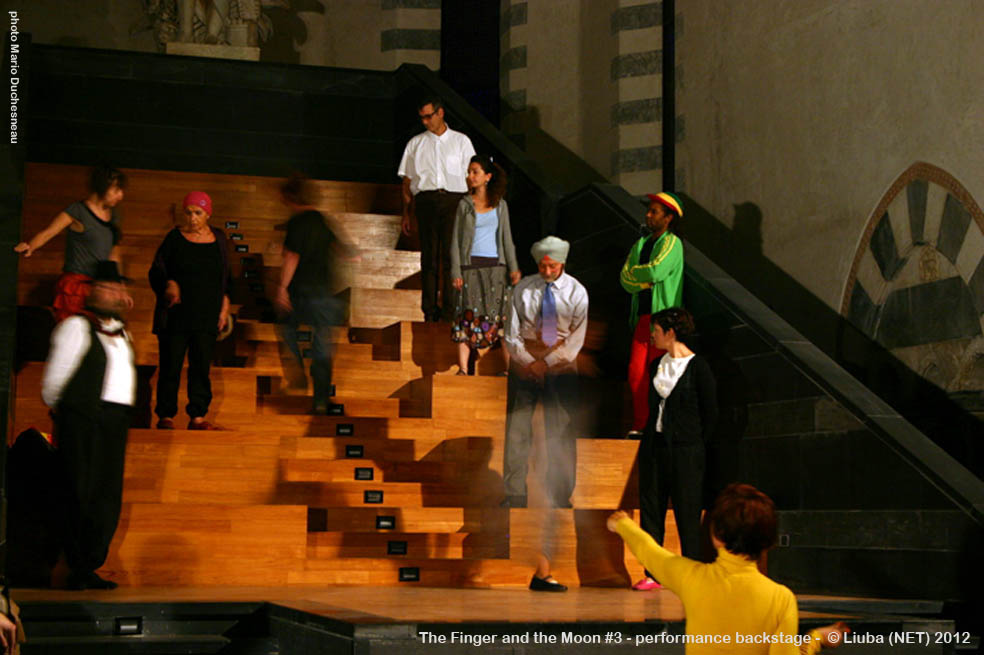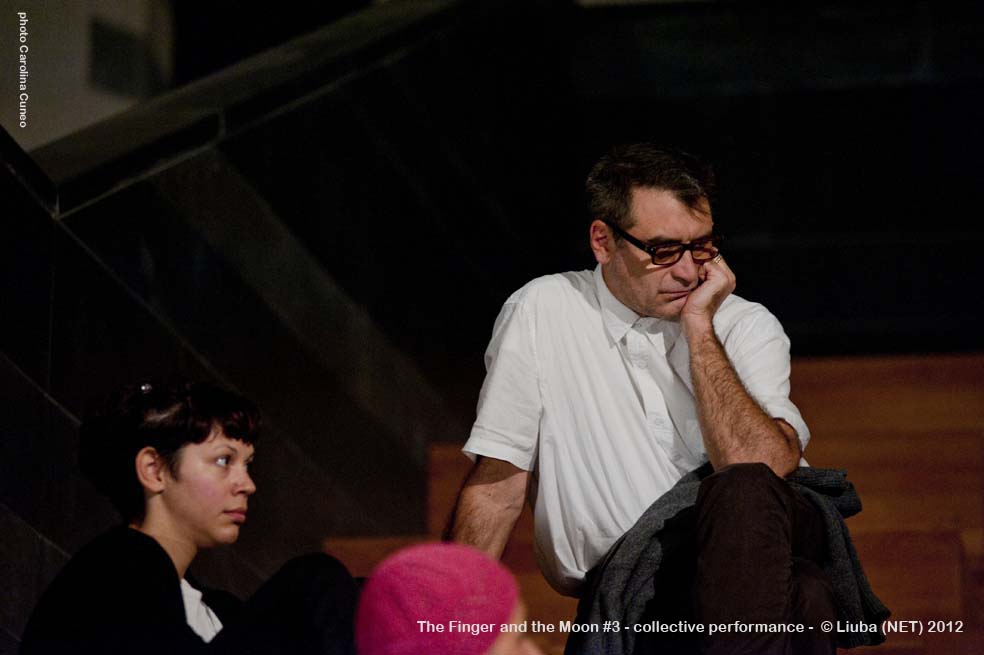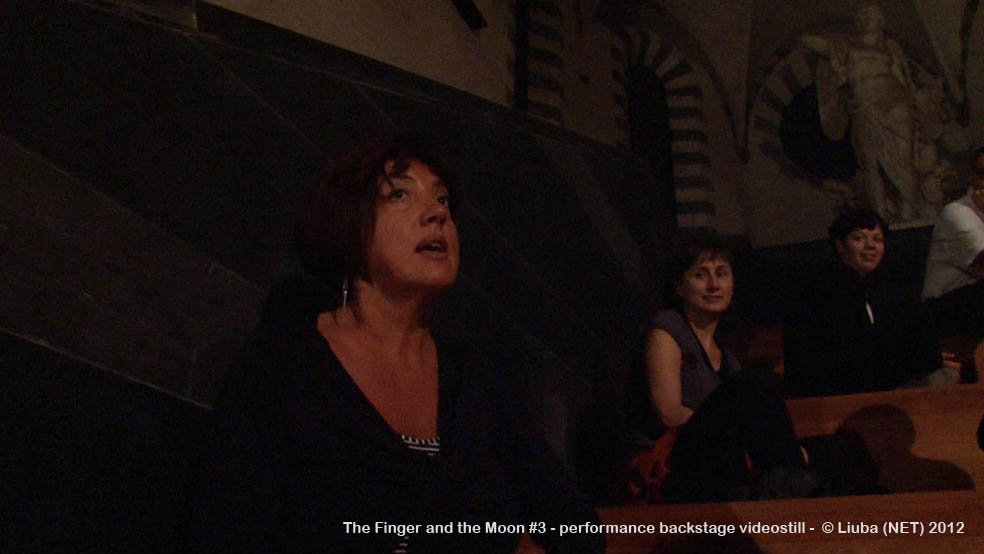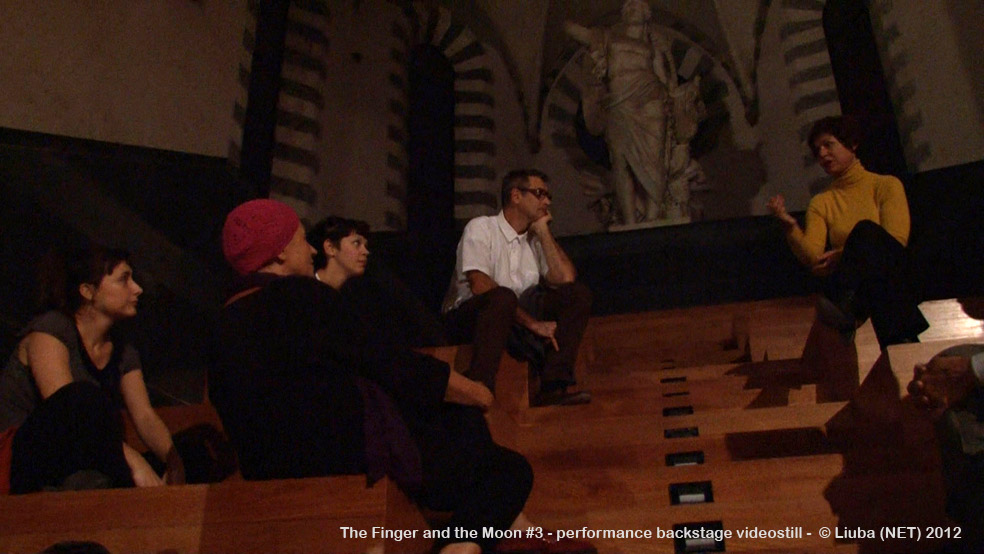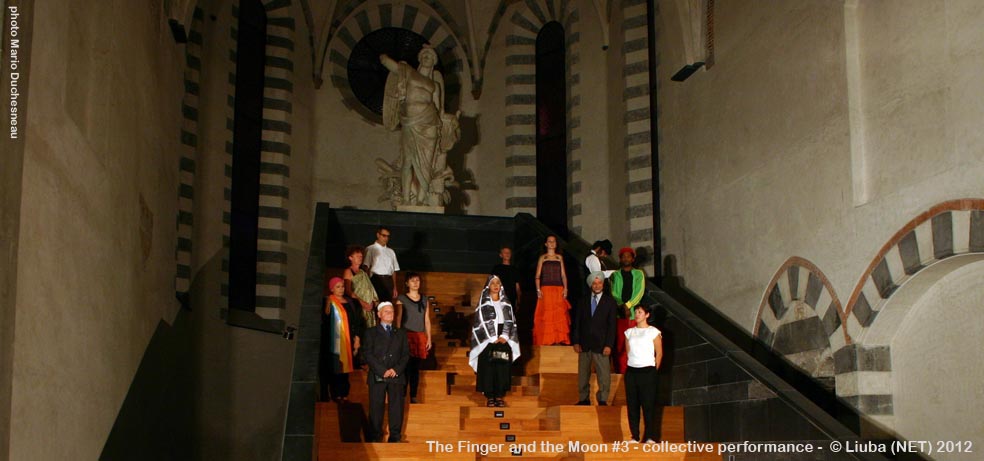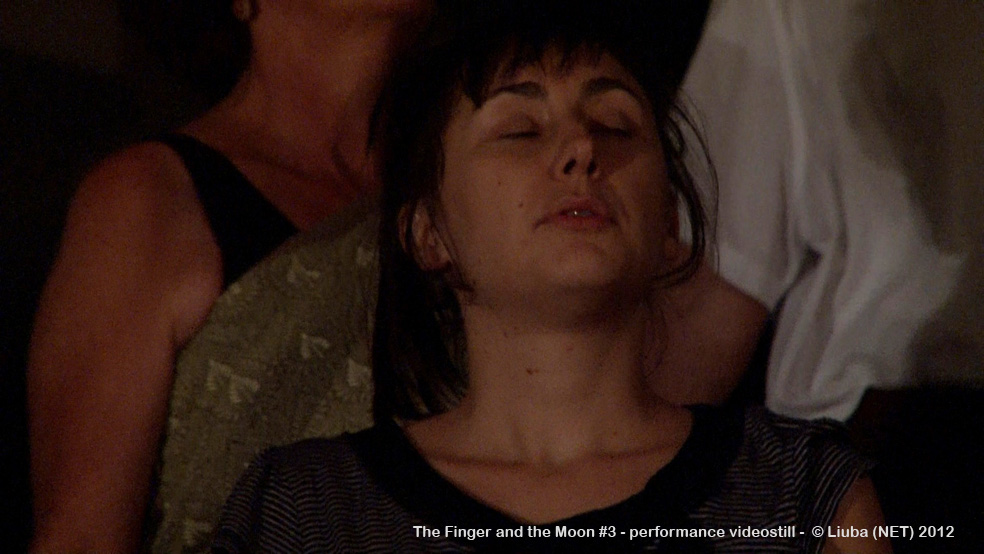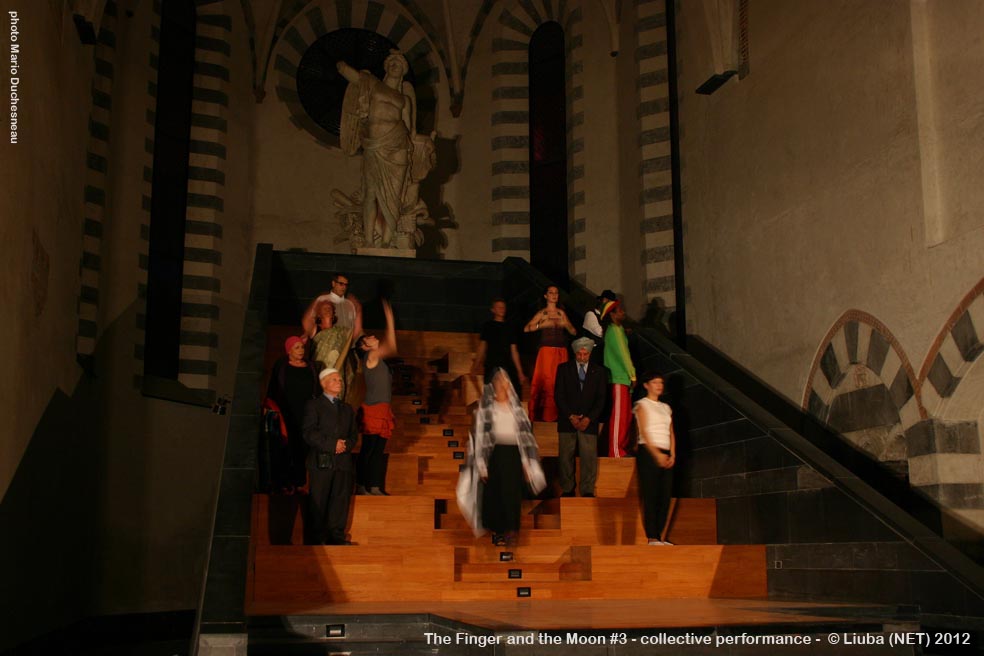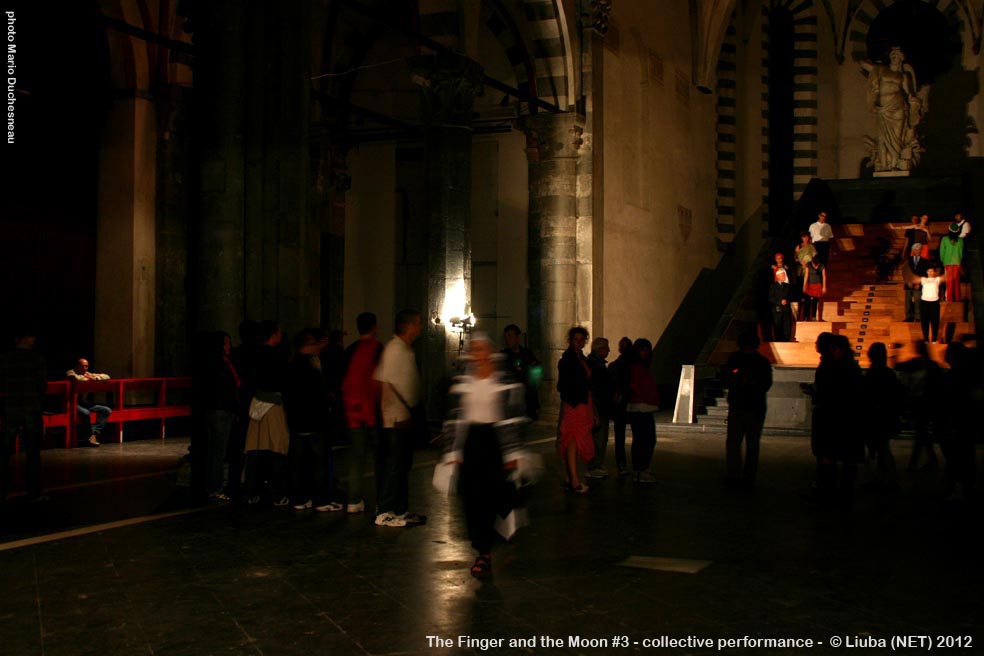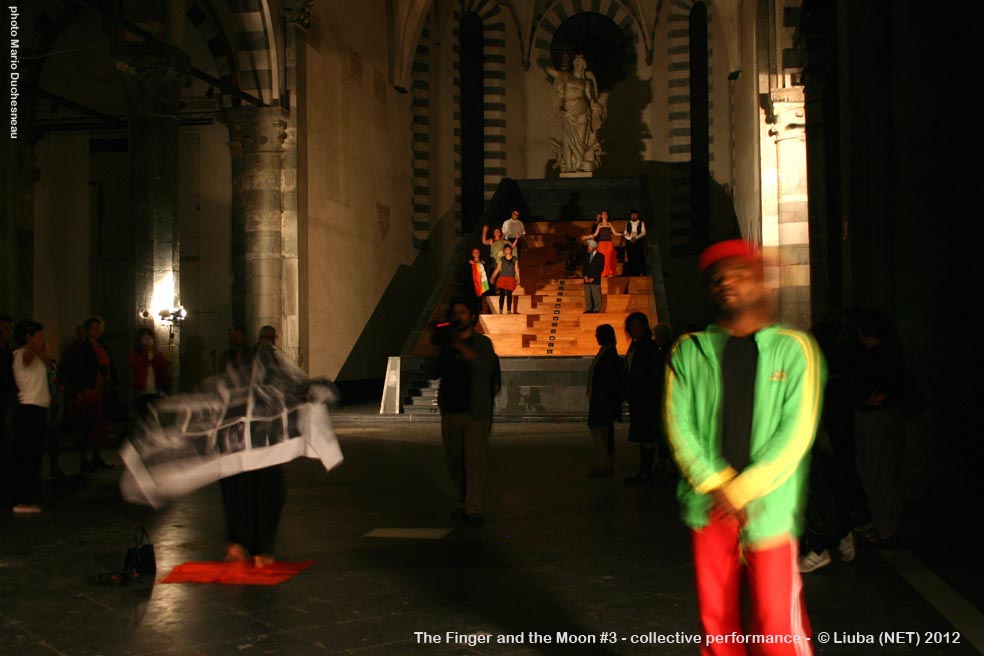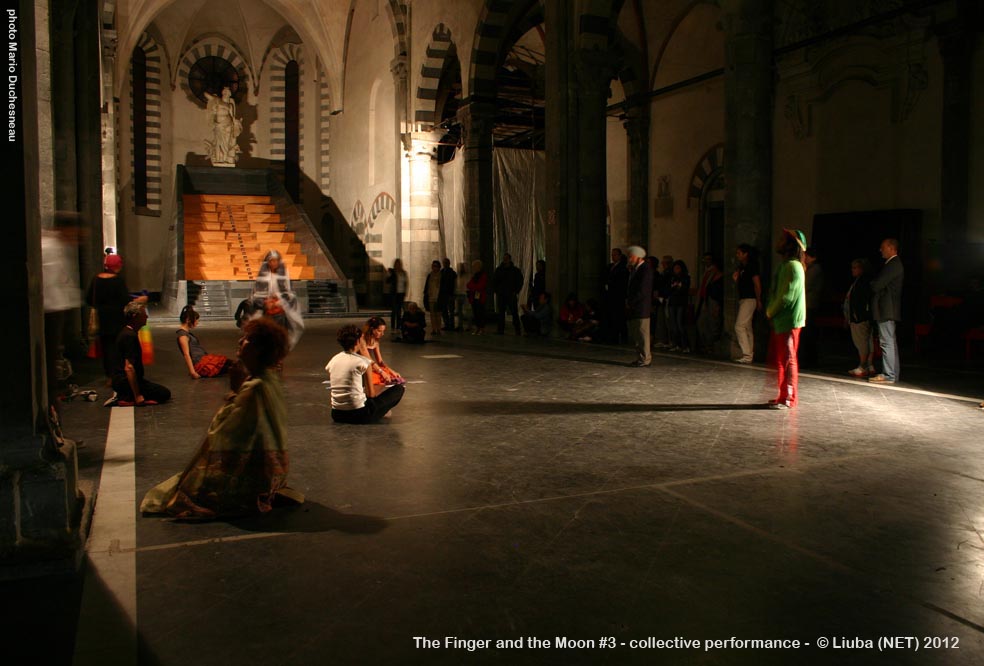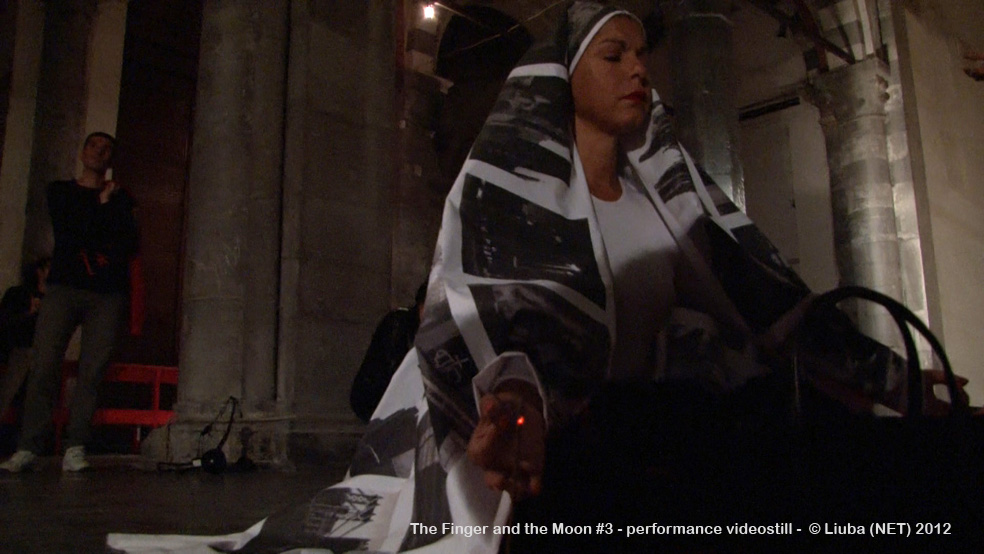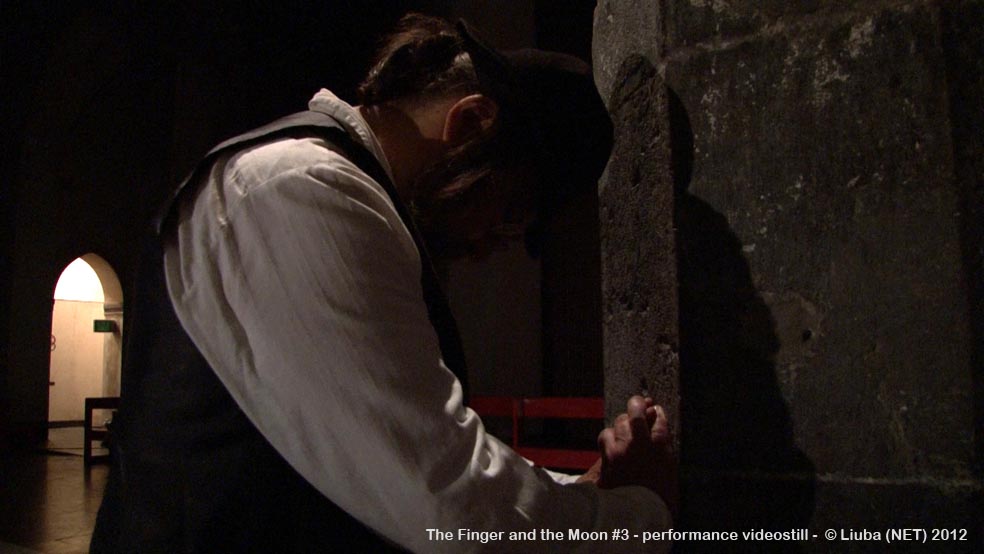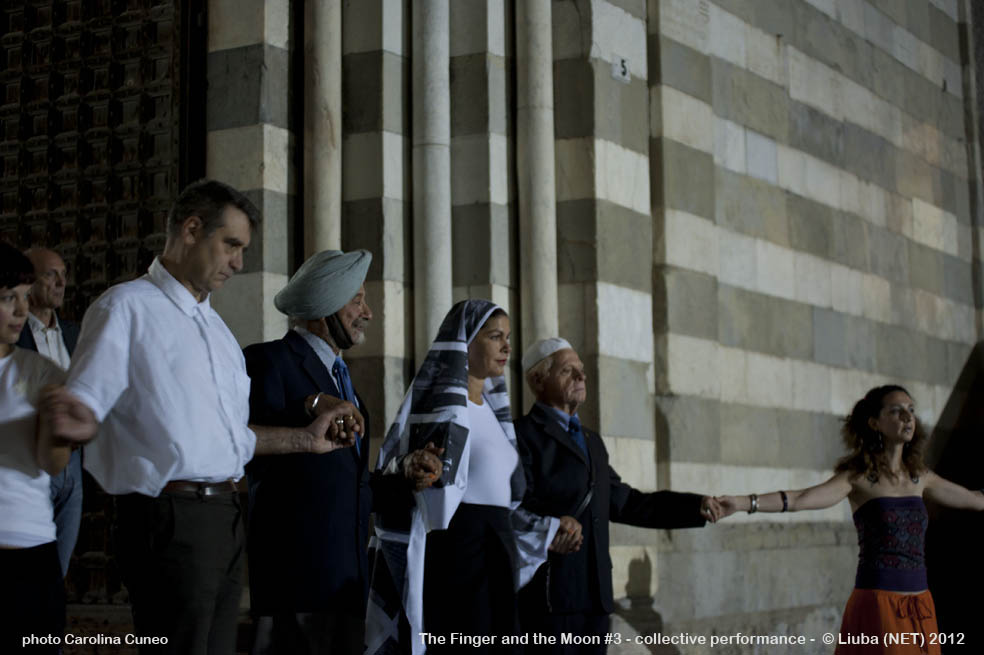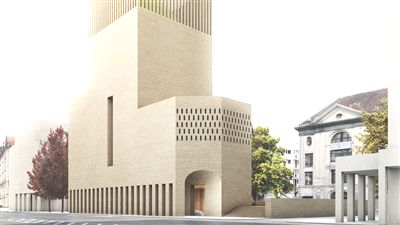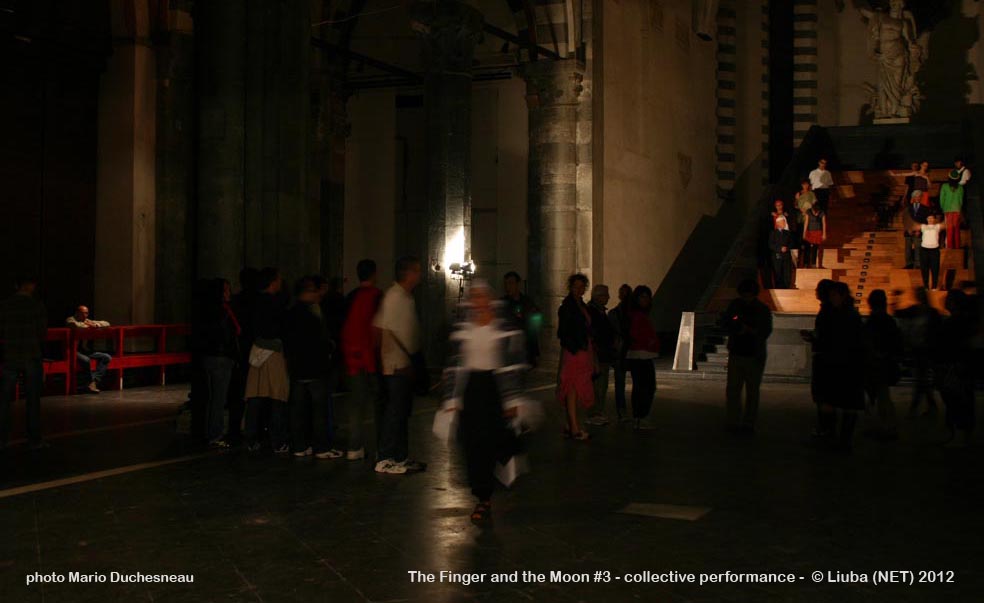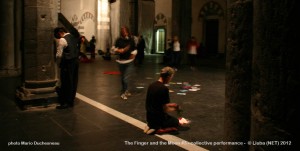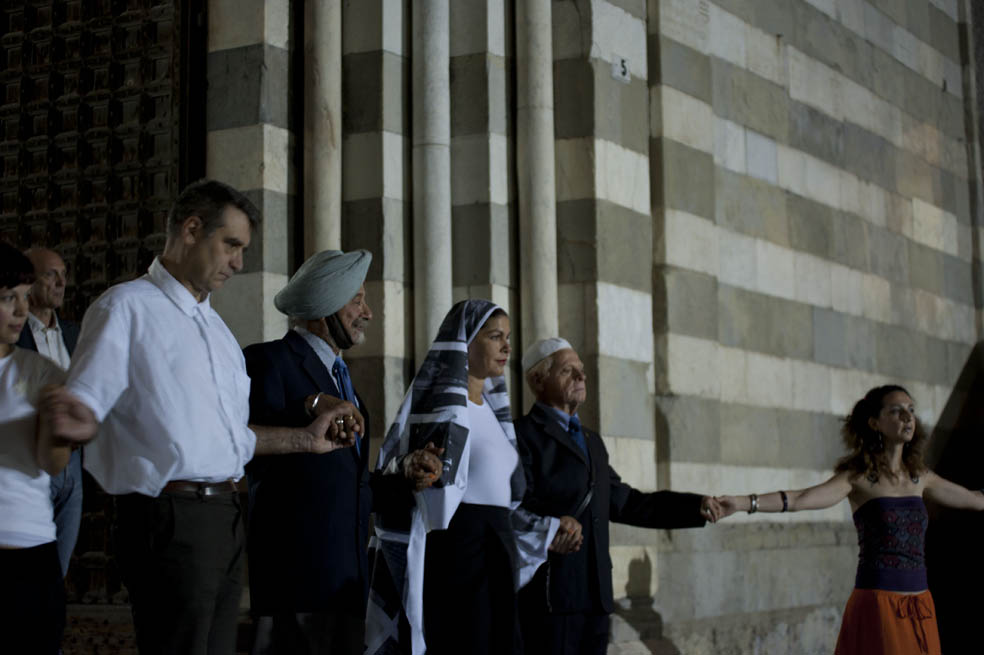
Cornerstone Theater Company is a multiethnic ensemble-based theater company. Since its founding in 1986, Cornerstone has pursued a mission of inclusion by creating a theater that builds bridges between and within diverse communities. In their words, “We believe society can flourish only when its members know and respect one another, and that we have a responsibility to make theater in this spirit.” Cornerstone productions have consistently engaged civic dialogue. Their biracial Romeo and Juliet in Mississippi helped spark and support dialogue about de facto racial segregation of the public and private schools. Since they moved to Los Angeles in 1992, Cornerstone has worked to build bridges in their home city. The Faith-Based Theater Cycle provided an opportunity for Cornerstone to engage multiple communities around a powerful and often challenging theme—and to work in depth, over time, and with cumulative impact.
Having witnessed the bombing of a local Jewish community center, and having seen how quickly Islamic fundamentalists were blamed for the Oklahoma City bombing, Cornerstone felt the acute need for a faith-based project on a civic as well as a personal level. “In fact,” they reflected with foresight in 2000, “faith-based civic issues get at the messy heart of the founding of the nation.” The Faith-Based Theater Cycle was just unfolding when the September 11 terror attacks took place, and the event provided a new context and urgency for an exploration of “how faith unites and divides American society.”
The Faith-Based Theater Cycle is ambitious in scope and diversity. The four-and-a-half–year project began with a Festival of Faith, a trial by fire involving 21 productions at five religious venues, and an audience-participatory ensemble production, Zones, that was later remounted to incorporate audience feedback. Three multiweek series of dialogues called Weekly Wednesdays, with the themes of ritual, believing, and social justice, preceded and followed the festival. Six community collaborations and productions included immigrant Catholics, Jews, Muslims, Hindus; African American clergy with African American people infected with or affected by HIV/AIDS; and multifaith gay, lesbian, bisexual, and transgender participants.
read more: cornerstone_case_study
http://cornerstonetheater.org/about/history/


